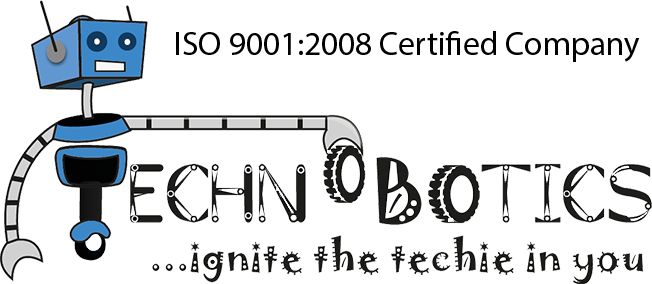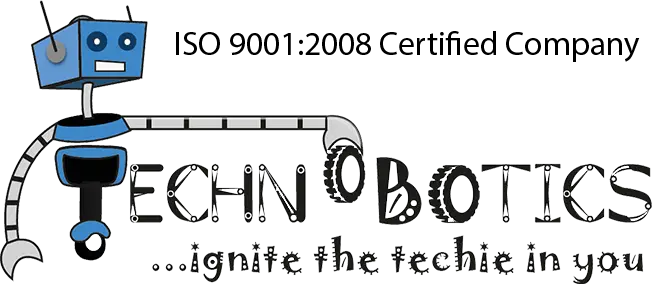Learning breadboard electronics while undertaking a circuit design course is a fantastic way to dive into electronics and coding. Whether you’re a beginner, a parent looking for coding classes for kids, or someone interested in more advanced electronics training courses, understanding how to use a breadboard can be your gateway to mastering circuit design and electronics.
What is a Breadboard?
A breadboard is a reusable platform used to build and test electronic circuits without soldering. It is popular in coding courses for beginners as it allows you to experiment with different components, such as resistors, capacitors, and microcontrollers, by simply plugging them into the board. Breadboards are perfect for beginners because they offer a hands-on approach to learning about circuits.
Getting Started with Breadboard Electronics
To get started with breadboard electronics while undertaking coding courses for beginners, you need a few essential components:
- Breadboard: Choose a standard size to begin with.
- Jumper Wires: These are used to make connections between different components.
- Power Supply: Usually, a 9V battery or a USB power source.
- Basic Electronic Components: Resistors, LEDs, capacitors, and transistors.
- Microcontroller: An Arduino or Raspberry Pi can be very useful.
Step-by-Step Guide to Learning Breadboard Electronics
- Understand the Basics of a Breadboard
A breadboard has two main sections: the terminal strips and the bus strips. The terminal strips are where you place the components, while the bus strips (usually along the sides) are for the power supply.
- Terminal Strips: These have rows and columns where you place your electronic components. Each row is electrically connected.
- Bus Strips: These are usually marked with a red (positive) and a blue (negative) line and are used to distribute power.
- Start with Simple Circuits
In your coding courses for beginners, begin with simple projects like lighting up an LED. This helps you understand how to connect components and use a breadboard effectively.
Project Example: Lighting an LED
- Connect the positive leg (longer leg) of the LED to one terminal strip.
- Connect a resistor to the negative leg of the LED.
- Use jumper wires to connect the resistor to the ground (negative bus strip) and the positive leg of the LED to the power source (positive bus strip).
- Take Online Electronics Training Courses
Several online platforms offer electronics training courses that cover breadboarding and basic circuit design.
Look for a circuit design course that covers
- Basic electronics principles
- Circuit design
- Practical projects using breadboards
Integrating Circuit Design Course with Breadboard Electronics
Learning to code is an integral part of working with modern electronics, and you will find it extremely helpful if you take electronics training courses. Microcontrollers like Arduino and Raspberry Pi require coding to function. Here’s how you can integrate coding with your breadboarding projects while undertaking coding classes for kids.
- Learn Basic Programming
If you are a complete beginner, start with coding courses for beginners. These courses typically cover languages like Python or C++, which are widely used in electronics projects.2.
- Take Specialized Coding Classes for Kids
If you’re looking for coding classes for kids, then online platforms provide interactive and fun ways for children to learn programming. These platforms often include projects that involve basic electronics and breadboarding.
- Work on Coding Projects with Microcontrollers
Once you have a basic understanding of coding in your coding classes for kids, start integrating it with your breadboard projects using microcontrollers.
Project Example: Blinking LED with Arduino
- Connect an LED to your breadboard.
- Attach the positive leg of the LED to a digital pin (e.g., Pin 13) on the Arduino.
- Connect the negative leg to a ground pin on the Arduino.
- Write a simple program to make the LED blink:
As you become more comfortable with breadboarding in your electronics training courses, consider taking more advanced circuit design courses. These courses will delve deeper into topics such as:
- Analog and digital electronics
- Microcontroller programming
- Advanced circuit design and simulation
Tips for Learning Breadboard Electronics Effectively
- Practice Regularly
Consistency is key to mastering any skill. Set aside time each week to work on breadboard projects in your electronics training courses. The more you practice, the more comfortable you will become with building and understanding circuits.
- Work on Real Projects
Applying your knowledge to real-world projects in your circuit design course can significantly enhance your learning experience. Build projects that interest you, whether it’s a simple alarm system, a temperature sensor, or a basic robot.
- Join Online Communities
Participating in online communities such as forums and social media groups can be incredibly helpful. These platforms allow you to ask questions, share your projects, and learn from others and, hence, uplift your learning while undertaking a circuit design course.
- Attend Workshops and Classes
Look for local workshops or online classes that offer hands-on learning experiences. These can provide valuable guidance and allow you to work on projects with expert supervision.
- Keep Learning
Electronics and coding are fields that are constantly evolving. Stay updated with the latest trends and technologies by reading blogs, watching YouTube tutorials, and subscribing to electronic magazines.
Wrap Up!
Learning breadboard electronics effectively involves:-
- A combination of understanding the basics.
- Practicing regularly.
- Integrating coding skills.
- Advancing your knowledge through more complex projects and courses.
By following these steps, you can build a strong foundation in electronics and coding, paving the way for more advanced projects and innovations.
Whether you are a beginner, a parent seeking coding classes for kids, or an enthusiast looking to enhance your skills with electronics training courses and circuit design courses, the journey of learning breadboard electronics is both rewarding and fun at Technobotics. To start small, stay curious, and keep experimenting and exploring with us, contact now!


